In between long rows of tomato and pepper plants, 14 volunteers are hunched over picking perfectly-ripened produce on a sunny September morning. Tim Anderson of Naples pauses, stands up straight and holds a large tomato up high. “Isn’t this beautiful,” he says to another volunteer. “Have you ever seen a tomato this huge?”
After more than two hours of labor in the fields at Pineland Farms Produce Division in New Gloucester, the volunteers have filled dozens of crates and gathered over 2,000 pounds of tomatoes and peppers. It’s a small dent in what could be harvested at the farm, but it’s a significant amount of produce that will be brought to various food pantries throughout southern Maine rather than being left to rot in the fields.
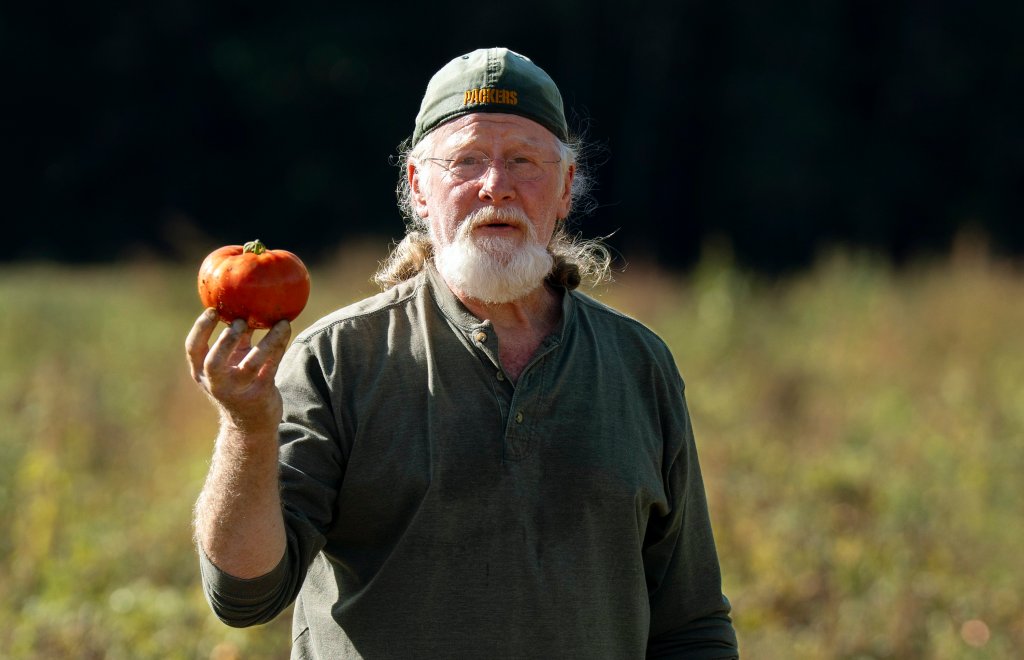
Connor Wertz, the local food access program manager for the Cumberland County Food Security Council, estimates that thousands of pounds of food are left in fields in Cumberland County alone each year.
“Gleaning reduces food waste on farms while fighting food insecurity in Maine,” he said. “It’s a win-win solution for farmers and food pantries.”
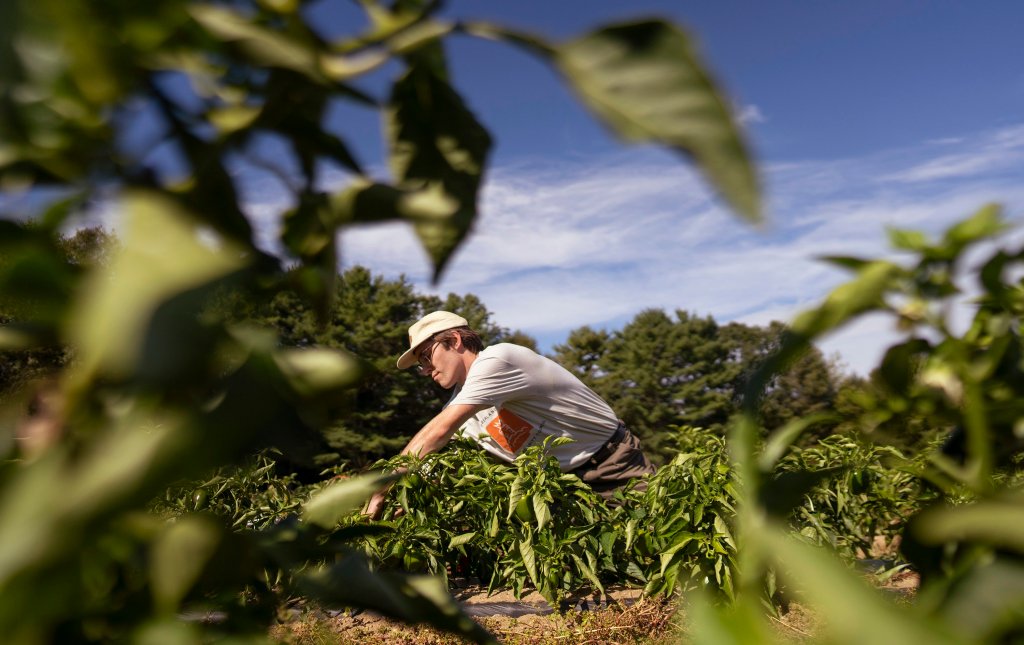
There are over a dozen gleaning groups across the state that harvest produce at numerous farms to distribute to food pantries. In addition to the Cumberland County Food Security Council, other local gleaning groups include the Merrymeeting Gleaners, who work with the Mid Coast Hunger Prevention Program in Brunswick; and the Androscoggin Gleaners, who supply produce to food pantries in the Lewiston/Auburn area.
Wertz said his organization alone harvested 40,199 lbs. of food at 32 farms over a five-month period this year and distributed it to 36 food pantries and community partners. “As SNAP benefits stand to be cut, grocery prices rise and food pantry lines increase, gleaning is an underutilized resource for increasing supplies of fresh, healthy food,” he said.
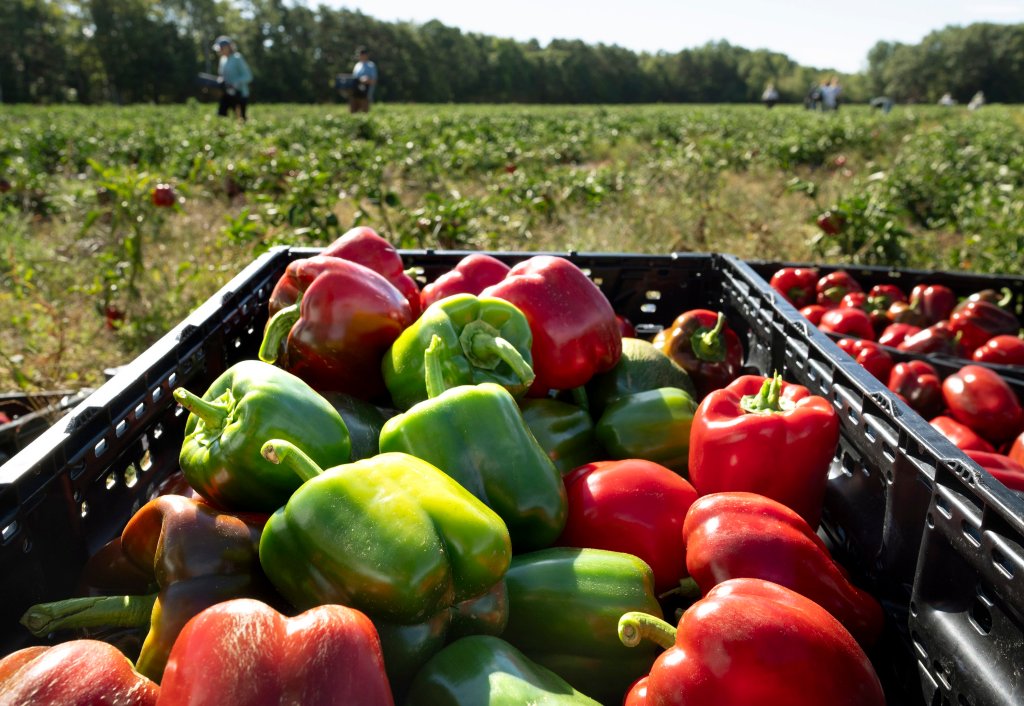
Because the gleaning programs are typically underfunded, they rely on a cadre of volunteers to harvest the food. In 2025, Wertz said, the food security council had 104 volunteers who worked a total of 630 hours to save food from the fields. Even with that effort, he says, gleaning groups can always use more volunteers because there is a lot more food that could be harvested.
Tim Anderson volunteers with multiple gleaning groups throughout southern Maine.
“I’m a gleaner without borders,” he laughs. “For me, volunteering doesn’t get any better than this. It serves a win-win purpose and it gets me outdoors on beautiful farms.”

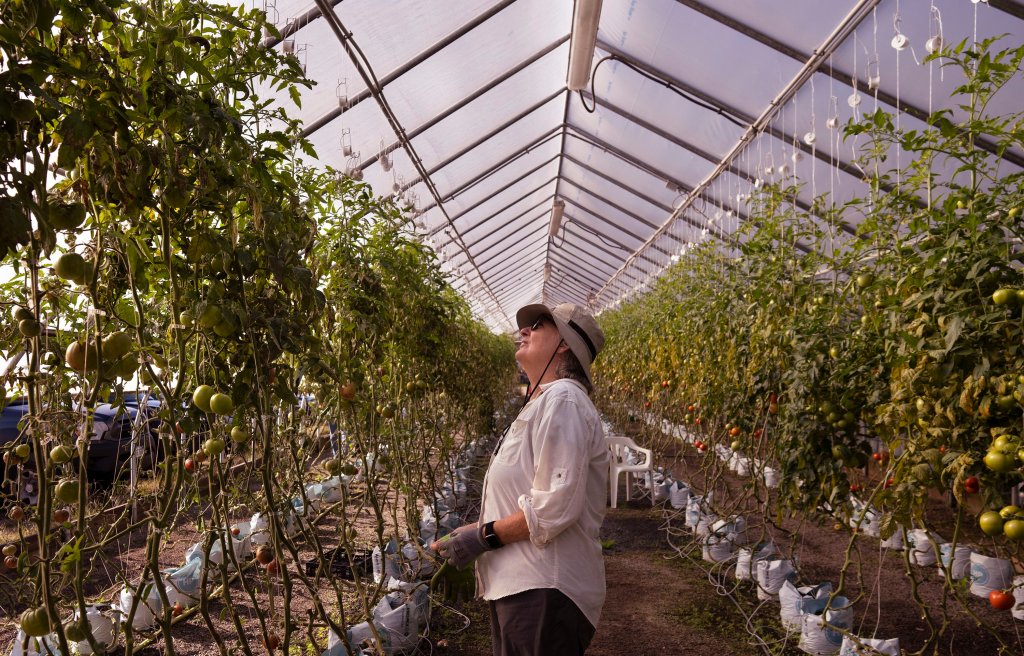
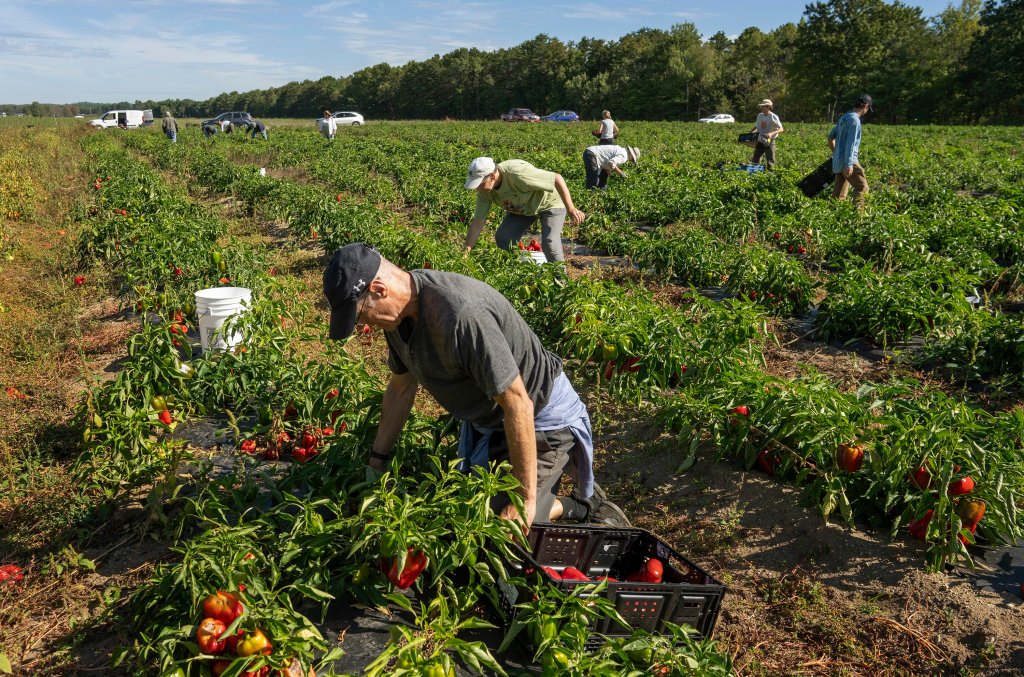
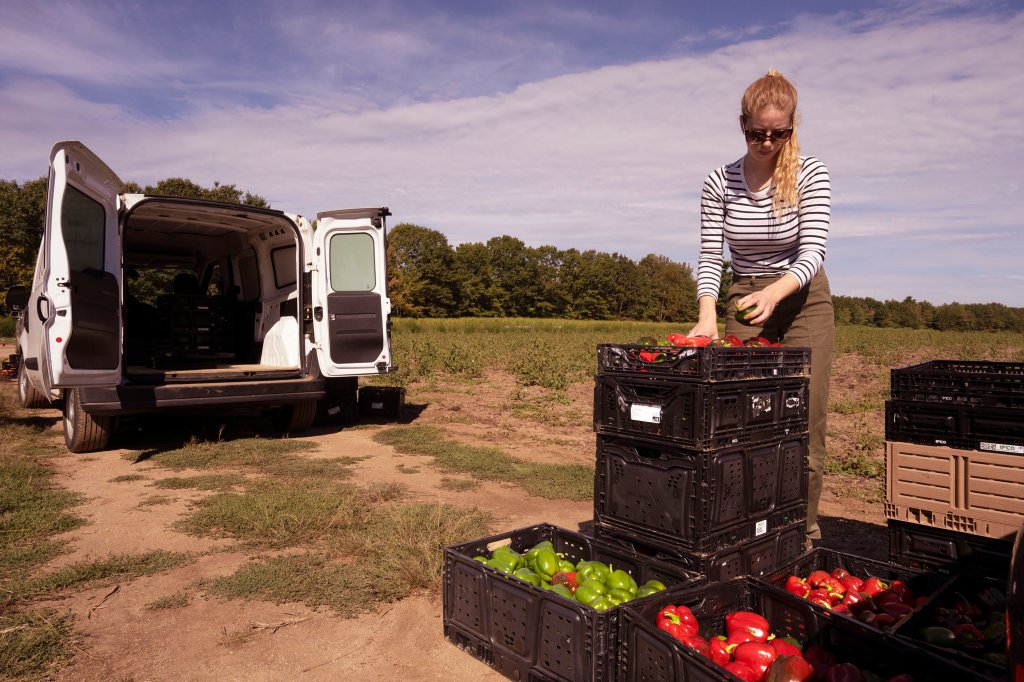
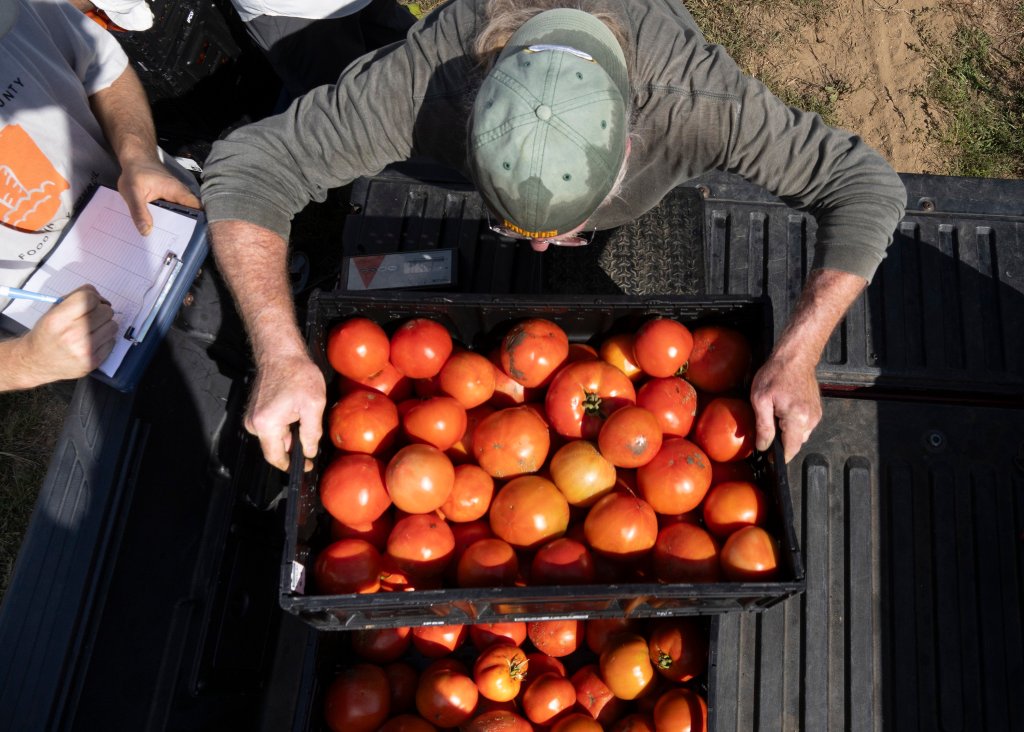
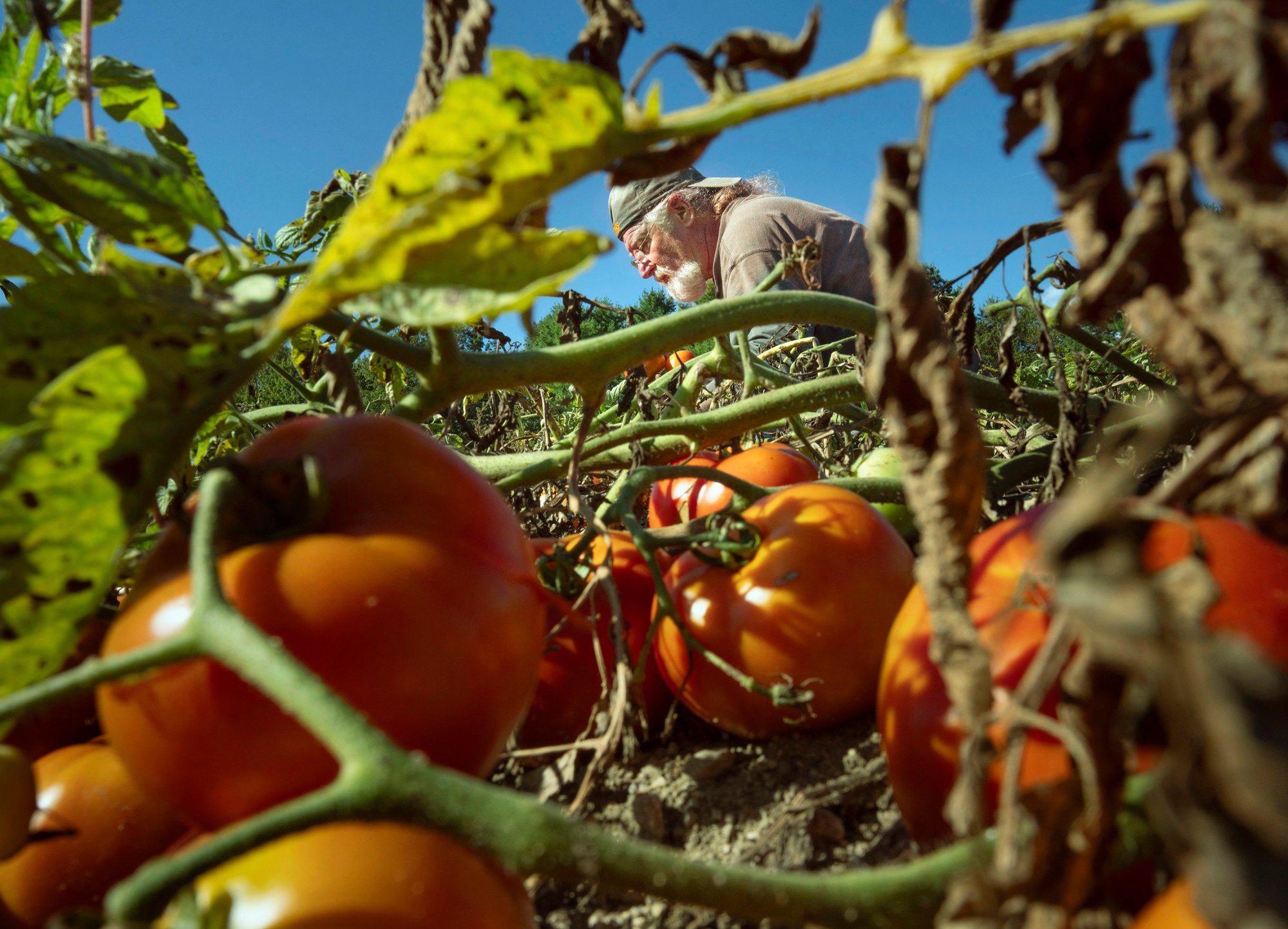
We invite you to add your comments. We encourage a thoughtful exchange of ideas and information on this website. By joining the conversation, you are agreeing to our commenting policy and terms of use. More information is found on our FAQs. You can modify your screen name here.
Comments are managed by our staff during regular business hours Monday through Friday as well as limited hours on Saturday and Sunday. Comments held for moderation outside of those hours may take longer to approve.
Join the Conversation
Please sign into your CentralMaine.com account to participate in conversations below. If you do not have an account, you can register or subscribe. Questions? Please see our FAQs.